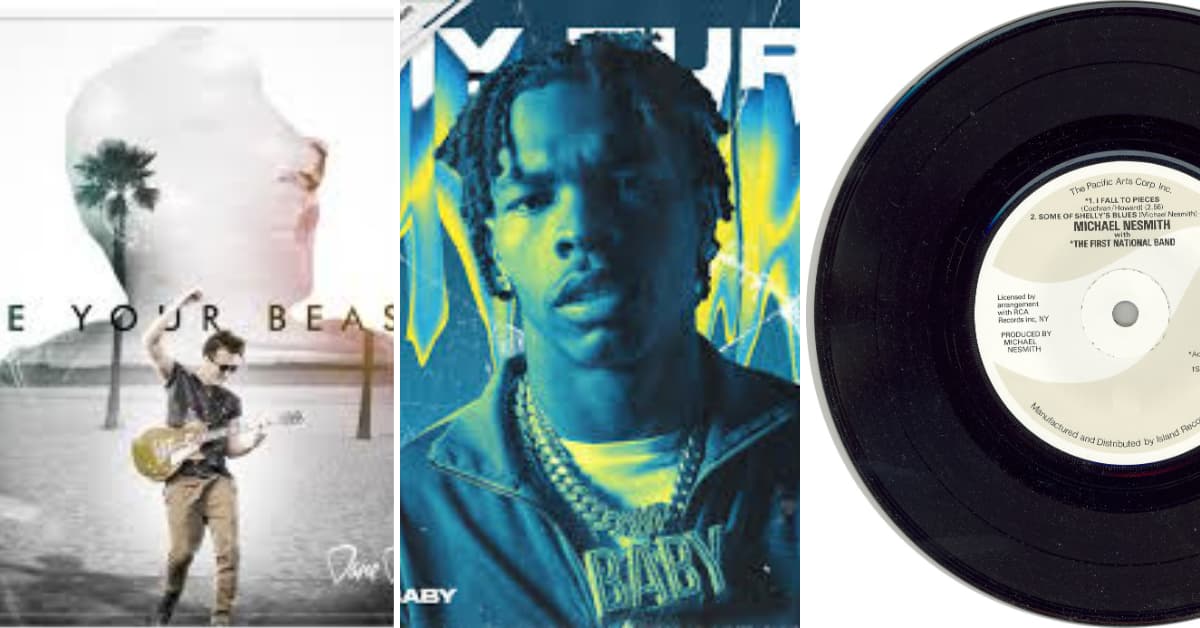EPs have become a staple in the music world, perfect for artists who want to share more than a single but aren’t quite ready for a full album. If you’re a budding musician, a curious fan, or just someone wondering what exactly makes an EP, you’re in the right place.
In this article, we’ll break down how many songs are in an EP, what qualifies it as one, and how it compares to albums and singles. Expect clear answers, industry facts, and a little music biz fun, all explained simply.
What Does EP Stand For In Music?
EP stands for Extended Play, a music release longer than a single but shorter than a full album. A single has 1 or 2 songs, an EP has a few, and an album usually contains eight or more tracks. Consider an EP as a sweet spot, enough music to explore an artist’s vibe without the commitment of an album. It’s popular among rising artists and for special releases.
How Many Songs Are Typically In An EP?
An EP usually contains between 4 and 6 songs, striking the perfect balance between a quick listen and a mini music experience. However, some artists or labels may release EPs with as few as 3 songs or as many as 7 tracks.
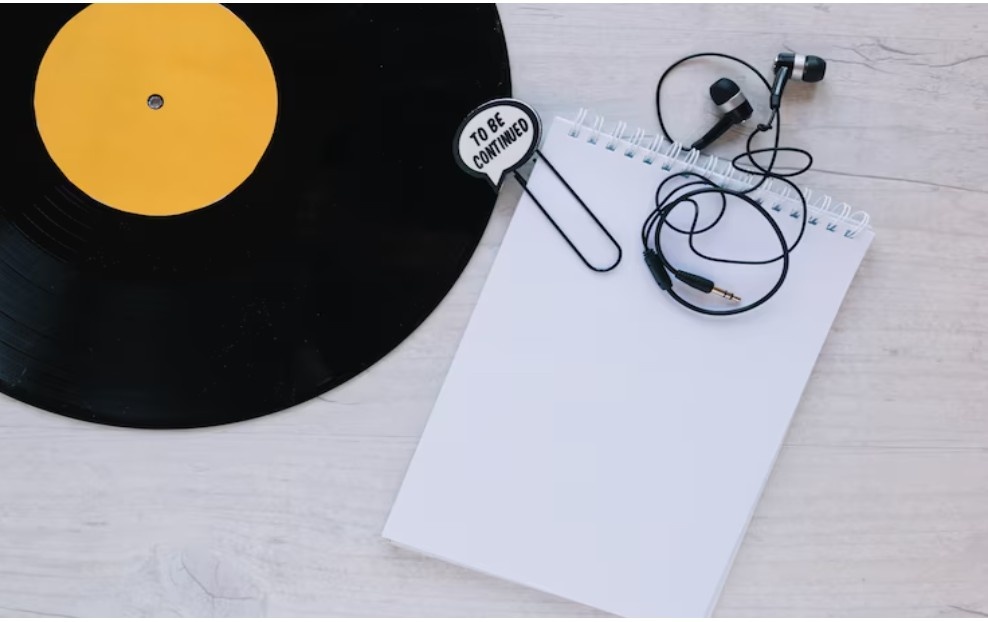
The key factor is that the total runtime generally stays under 30 minutes, keeping it shorter than a full album but more substantial than a single. This flexibility makes EPs a versatile format in the music industry.
EP vs Album vs Single: What’s The Difference?
At its core, the difference between a single, an EP, and an album comes down to song count and total runtime. Singles are quick releases with one or two songs.
EPs are longer, offering a small collection of tracks under 30 minutes. Albums are the complete package, usually eight or more songs and a longer listening experience.
| Format | Song Count | Total Runtime | Best For |
|---|---|---|---|
| Single | 1 to 2 songs | Under 10 minutes | Promoting a hit song or teaser |
| EP | 3 to 7 songs | Under 30 minutes | Showcasing new music or experiments |
| Album | 8 or more songs | 30 minutes+ | Full artistic statements or major releases |
This difference helps artists decide how much music to share based on their goals and resources.
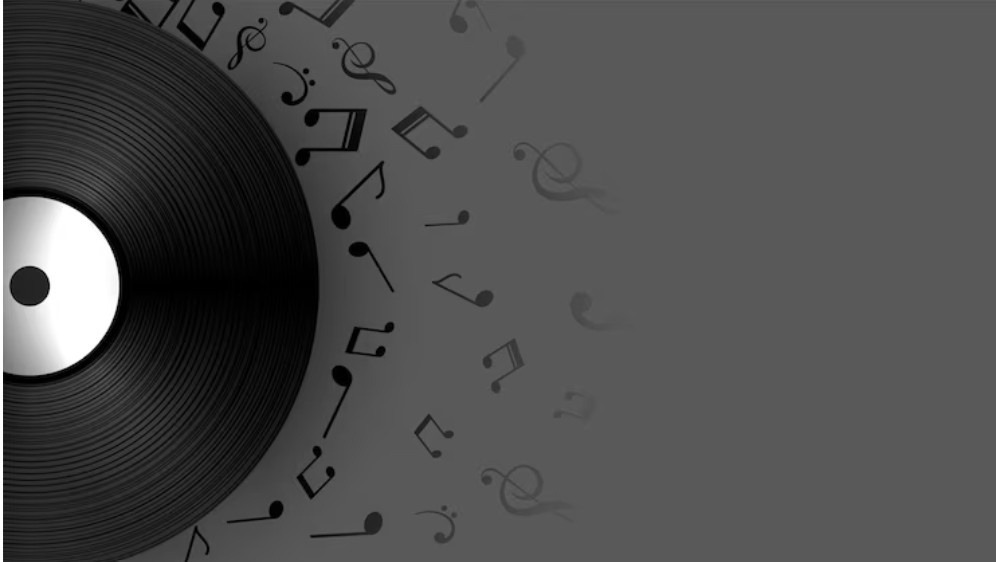
Get a YouTube Music Free Trial and keep your music supply and reference bank for songs flowing.
Why Do Artists Release EPs Instead Of Albums?
Releasing an EP offers some neat perks, especially for artists just starting or trying something fresh. Firstly, it’s budget-friendly, as producing fewer songs means less studio time and lower production costs. For new artists, this is a smart way to put music out without breaking the bank.
EPs also give musicians a chance to experiment with sound without the pressure of a full album. It’s like a creative playground where they can test new styles and see what clicks with fans.
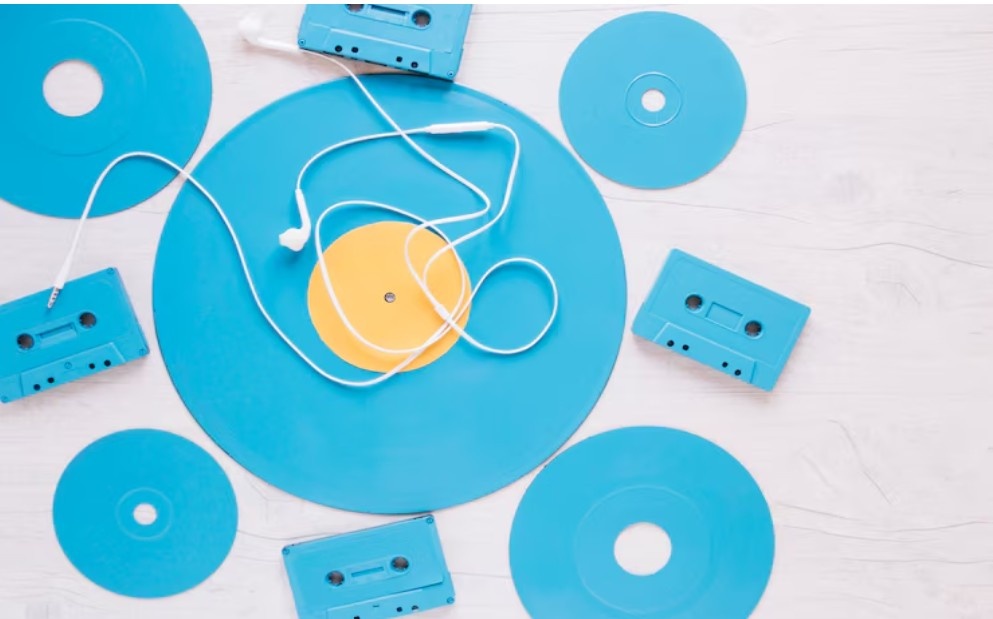
Plus, EPs are perfect for building hype before an album. Dropping a handful of songs gets listeners excited and keeps the momentum going.
Many top-tier artists, including the most famous singers in the world, have used EPs strategically to maintain their presence between major album releases.
And let’s not forget the quicker turnaround time; EPs can be recorded and released faster, allowing artists to stay relevant and maintain a steady flow of fresh content.
Examples Of Popular EPs In Music
Some EPs have made a massive splash in the music world, proving this format can pack a punch. Take The Fame Monster by Lady Gaga. This EP includes massive hits like Bad Romance and helped cement her pop icon status.
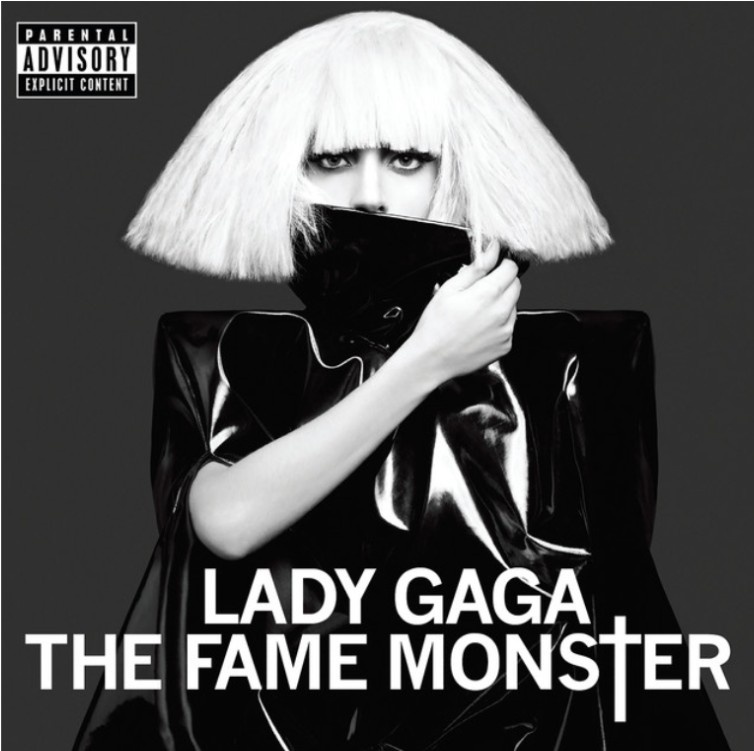

Then there’s My Dear Melancholy, by The Weeknd, which showcases his darker, moodier vibe in just six tracks, leaving fans wanting more. Artists like Eminem have also released strategic EPs throughout their careers, often between their major album releases to keep fans engaged.
Can EP Be Nominated For Awards?
EPs can be eligible for awards, depending on the rules set by the awarding bodies. For example, at the Grammy Awards, an EP can qualify in categories like Best Pop Vocal Album but only if it meets specific criteria, such as minimum total runtime or number of tracks.
So, even though EPs are shorter than albums, they still have a shot at major recognition when they deliver quality and meet the eligibility standards. It’s proof that size doesn’t always matter in the music world!
Single, EP, And Album Songs: What Is The Difference?
The main difference between singles, EPs, and albums lies in the number of songs and the overall length of the release. Singles are short and focused, EPs offer a small collection of songs, and albums provide a complete, immersive music experience.
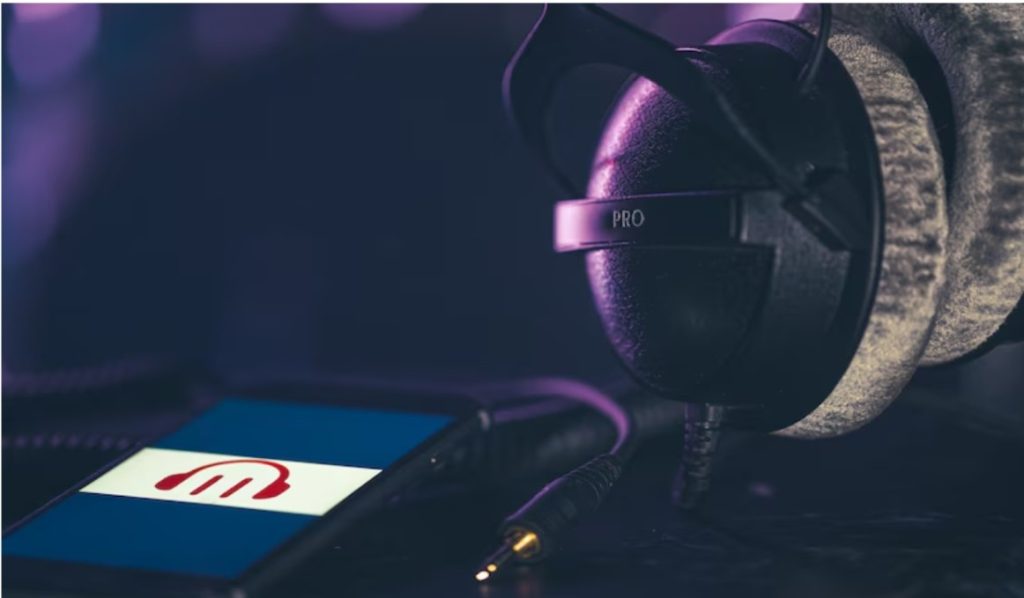
The difference between singles, EPs, and albums goes beyond just the number of songs. It also includes factors like release strategy, listener experience, and marketing goals.
| Release Type | Number of Songs | Typical Length | Common Formats | Listener Experience | Marketing Purpose |
|---|---|---|---|---|---|
| Single | 1 to 2 | Under 10 minutes | Digital, Vinyl, CD | Quick, focused attention | Create buzz for an upcoming release or highlight a hit song |
| EP | 3 to 7 | 15 to 30 minutes | Digital, CD | Brief but diverse taste | Test new sounds, keep fans engaged, or bridge between albums |
| Album | 8 or more | 30 minutes+ | Digital, Vinyl, CD | Deep, immersive listening | Major artistic statement and commercial release |
Conclusion: EPs Offer Flexibility Between Singles And Albums!
To wrap it up, an EP typically contains 4 to 6 songs, making it longer than a single but shorter than a full album. It’s a budget-friendly and creative way for artists to share new music, experiment with sound, and build excitement before releasing an album.
While EPs are shorter, they can still earn award nominations and have made a big impact with popular releases from top artists. Whether you’re a fan or an artist, understanding EPs helps you appreciate this unique and versatile music format.
FAQs
An EP typically has 4 to 6 songs, but sometimes it can range from 3 to 7 tracks, usually lasting under 30 minutes.
EPs are often called mini albums since they’re longer than singles but shorter than full albums, offering a concise collection of songs.
EPs can qualify for awards like Best Pop Vocal Album if they meet specific length and track count criteria.
EPs are cost-effective, faster to produce, and great for experimenting or building hype before releasing a full album.
Usually, EPs are categorized separately but appear alongside albums; their classification depends on the platform’s rules and the release’s length.

